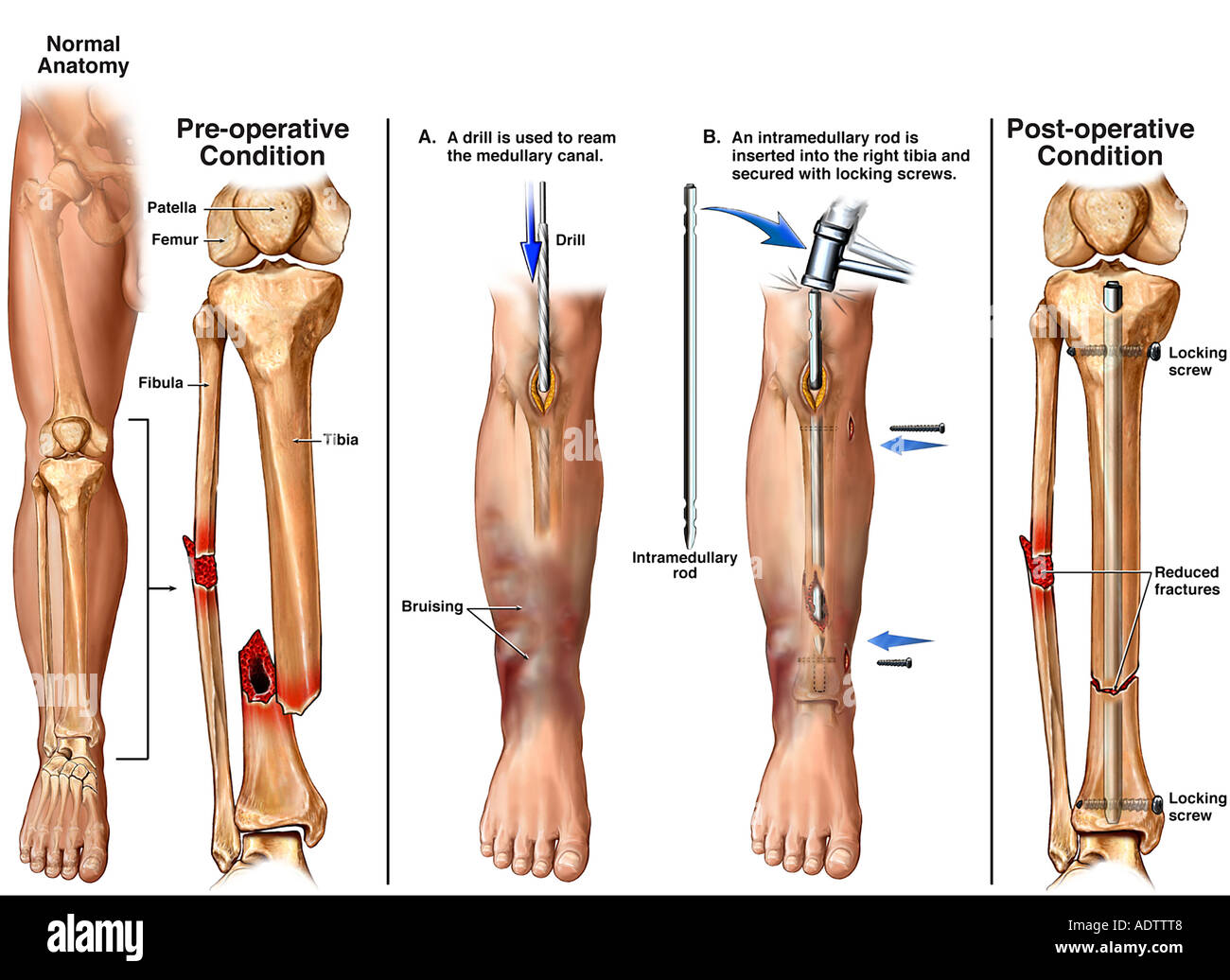


The cause of primary failure was established and potential contributing patient and surgical factors were recorded.Ģ36 patients undergoing ankle ORIF were identified. All patients undergoing re-operation within eight weeks of the primary procedure were studied. Patients were identified from our Bluespier database and a review of x-rays was undertaken. Patients undergoing revision ORIF are known to be at much greater risk of complications and many of these secondary procedures may be preventable.Ī retrospective analysis of all patients attending our unit for ankle ORIF over a two year period was undertaken. Failure to address the fracture pattern with the appropriate surgical technique and hardware may lead to early failure, resulting in revision procedures or premature degenerative change. Contact Orthopedic Specialists of Southwest Florida by dialing (239) 215-2008 or reach out online for a swift reply.Ankle fractures are common injuries presenting to trauma departments and ankle open reduction and internal fixation (ORIF 2) is one of the first procedures targeted in early orthopaedic training. Our orthopedic doctors can help you heal. It’s also important to continue with your check-ups and rehabilitation so your orthopedic surgeon can monitor your healing progress and take any necessary interventions if you have complications from ORIF surgery such as bleeding, increasing pain, infections, and so on. Your physical therapist will also teach you home exercises and stretches so you can heal as quickly and safely as possible. During physical therapy, you will perform exercises to help you regain strength and mobility. Complete recovery can take longer if you develop complications or if you don’t follow up with your orthopedic surgeon’s prescription for physical therapy.
#Ankle surgery open reduction internal fixation full#
Generally, full recovery takes at least 3 months to a year. Recovery from ORIF can be a lengthy process, depending on your age, overall health, your adherence to post-surgery rehabilitation, and the severity and location of your broken bone(s). Before surgery, you will likely need to have X-rays taken to assess the nature of the fracture, because most fractures that require ORIF surgery are quite complex and require detailed images. Depending on the nature of your fracture and the risk of complications, you may have the surgery immediately upon admittance to an emergency room, or it may be scheduled in advance. Usually, you will need ORIF surgery on an urgent basis, although sometimes the orthopedic surgeon will wait until swelling around your fracture site goes down before doing the operation. You will be under general anesthesia for ORIF surgery. Next, the “internal fixation” involves piecing the bone fragments together with hardware such as pins, plates, rods, screws, or a combination of these. The “open reduction” starts with the surgeon using an incision to access the bone and realign it, so it heals properly. ORIF surgeries can help reduce pain, restore mobility, and realign broken bones. In open reduction/internal fixation (ORIF) surgery, an orthopedic surgeon uses a 2-step process to knit the bone fragments together. Not all bones heal with a simple cast, splint, or sling. When bones are displaced, unstable, or broken in multiple places, orthopedic surgery will sometimes be necessary to ensure the bone heals properly.


 0 kommentar(er)
0 kommentar(er)
